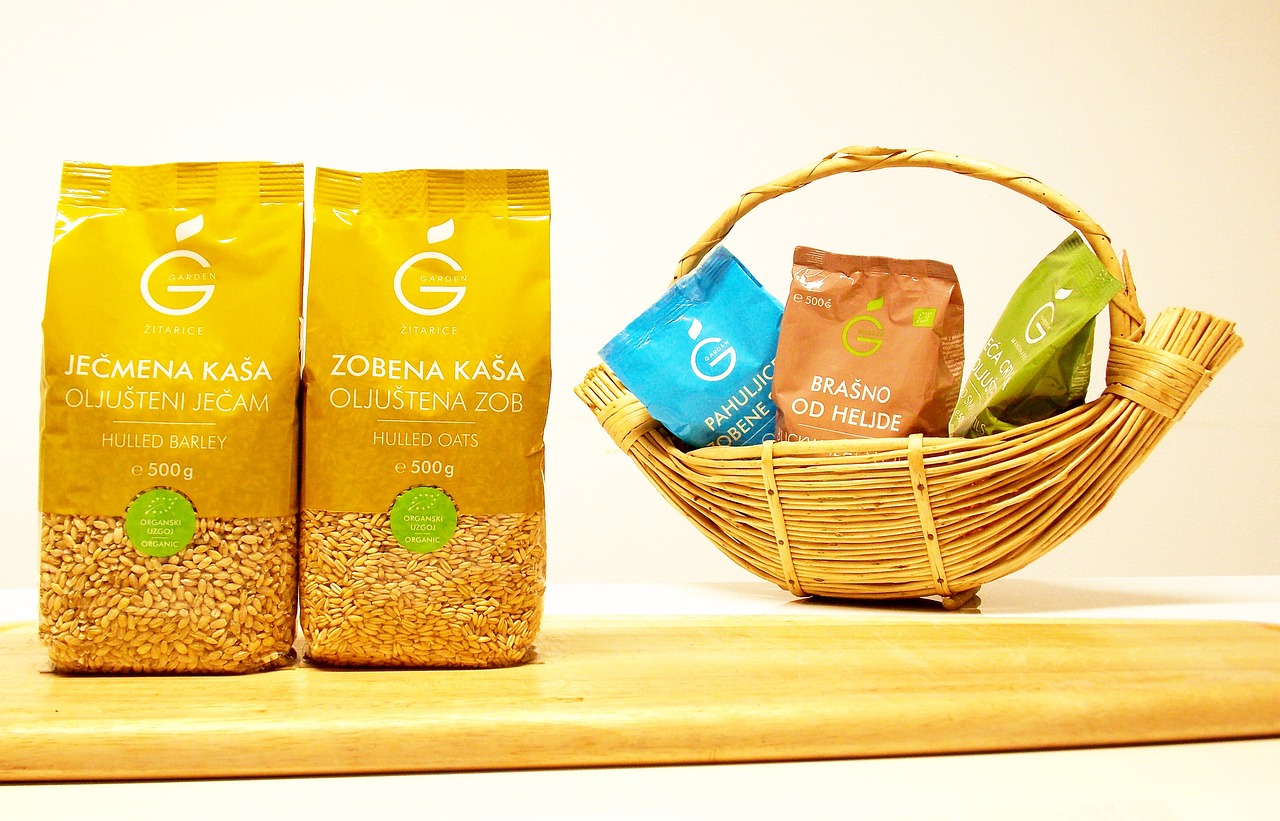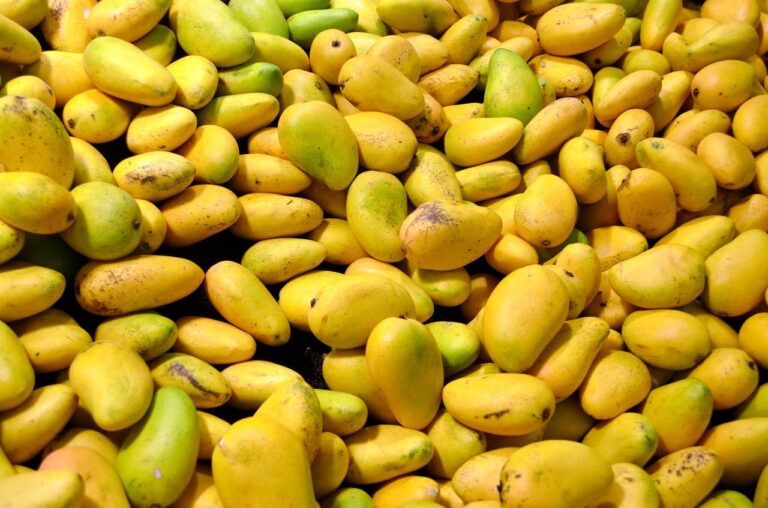How to Create a Menu for Sustainable Eating: All pannel.com, Lotus book 365, Laserbook247
all pannel.com, lotus book 365, laserbook247: Eating sustainably is not only good for the environment but also for your health. By choosing foods that are sustainably sourced, you are supporting practices that promote biodiversity, reduce pollution, and conserve natural resources. Creating a menu for sustainable eating can seem overwhelming at first, but with a little planning and creativity, you can make a positive impact on the planet and your well-being. Here are some tips on how to create a menu for sustainable eating.
Start by Planning Your Meals
The first step in creating a menu for sustainable eating is to plan your meals. Take some time each week to sit down and think about what you want to eat for breakfast, lunch, and dinner. Planning your meals ahead of time can help you make healthier choices and reduce food waste.
Choose Locally Sourced Ingredients
When creating a menu for sustainable eating, it’s important to choose locally sourced ingredients whenever possible. Locally sourced foods are fresher, have a lower carbon footprint, and support local farmers and businesses. Visit your local farmer’s market or join a community-supported agriculture (CSA) program to get fresh, seasonal ingredients for your meals.
Focus on Plant-Based Options
One of the best ways to eat sustainably is to focus on plant-based options. Plant-based foods require fewer resources to produce and have a lower environmental impact than animal products. Try incorporating more fruits, vegetables, whole grains, nuts, and seeds into your menu. You can also experiment with meatless meals like lentil chili, veggie stir-fry, or black bean tacos.
Buy Organic and Non-GMO
When creating a menu for sustainable eating, choose organic and non-GMO foods whenever possible. Organic foods are grown without synthetic pesticides, herbicides, and fertilizers, which can harm the environment and your health. Non-GMO foods are free from genetically modified organisms, which can have unknown long-term effects on the ecosystem.
Minimize Food Waste
Another important aspect of sustainable eating is minimizing food waste. Plan your meals carefully, use up leftovers, and store food properly to prevent spoilage. You can also compost food scraps to reduce your impact on landfills. By being mindful of how much food you buy and consume, you can help reduce greenhouse gas emissions and conserve resources.
Support Sustainable Seafood Practices
If you enjoy seafood, make sure to support sustainable seafood practices. Choose seafood that is certified by organizations like the Marine Stewardship Council (MSC) or the Aquaculture Stewardship Council (ASC). These certifications ensure that the seafood is sourced responsibly and that fish populations are not depleted.
Incorporate Seasonal Ingredients
When creating a menu for sustainable eating, try to incorporate seasonal ingredients into your meals. Seasonal foods are fresher, tastier, and more nutritious than out-of-season produce. Visit your local farmer’s market to see what fruits and vegetables are in season and get creative with new recipes.
FAQs
Q: Is it more expensive to eat sustainably?
A: Eating sustainably can be more expensive in some cases, but there are ways to eat sustainably on a budget. Buying in bulk, shopping at farmer’s markets, and cooking at home can help you save money while still supporting sustainable practices.
Q: Can I still eat meat and be sustainable?
A: While plant-based options are more sustainable, you can still eat meat and be sustainable. Look for grass-fed, pasture-raised, or organic meat options that are produced in an environmentally friendly way.
Q: How can I find sustainable restaurants?
A: Look for restaurants that source their ingredients locally, use organic and non-GMO foods, and support sustainable seafood practices. You can also use apps like Sustainable Table or the Good Food Finder to find sustainable restaurants in your area.
Creating a menu for sustainable eating doesn’t have to be difficult. By planning your meals, choosing locally sourced ingredients, focusing on plant-based options, and minimizing food waste, you can make a positive impact on the environment and your health. Remember to support sustainable practices whenever possible and get creative with new recipes to make your meals delicious and planet-friendly.







